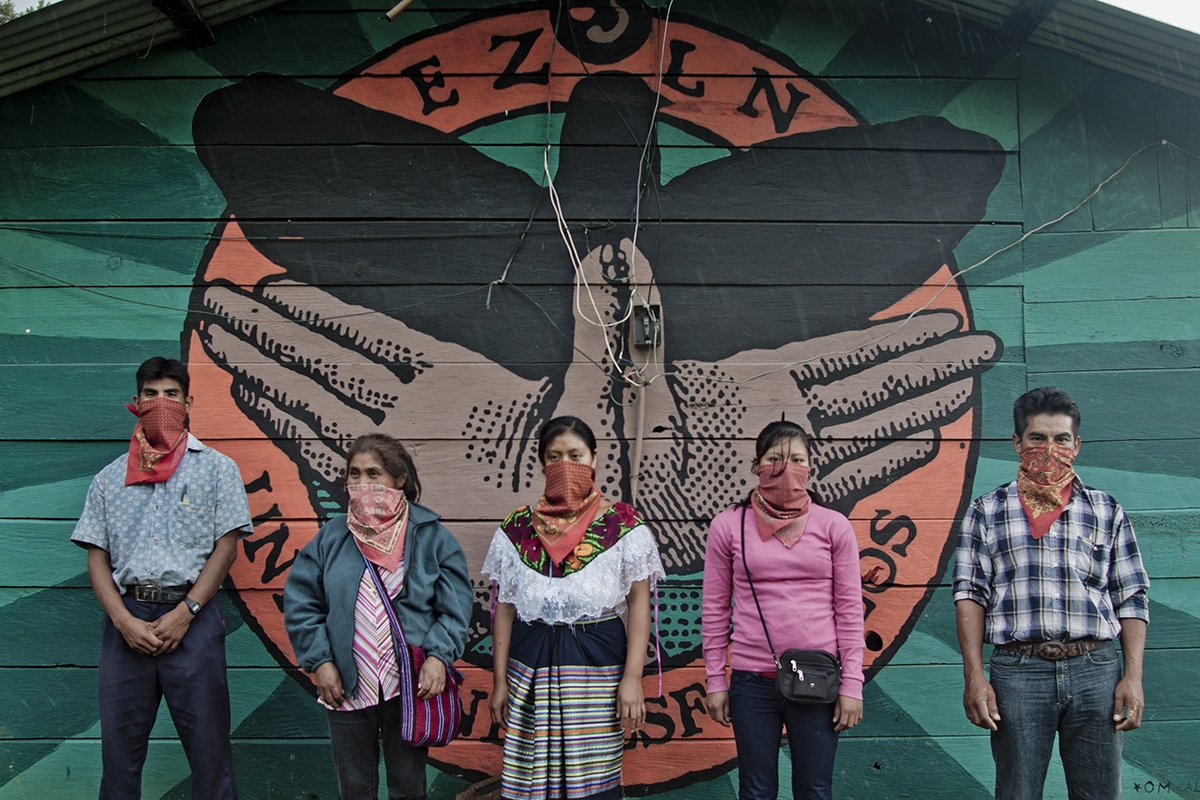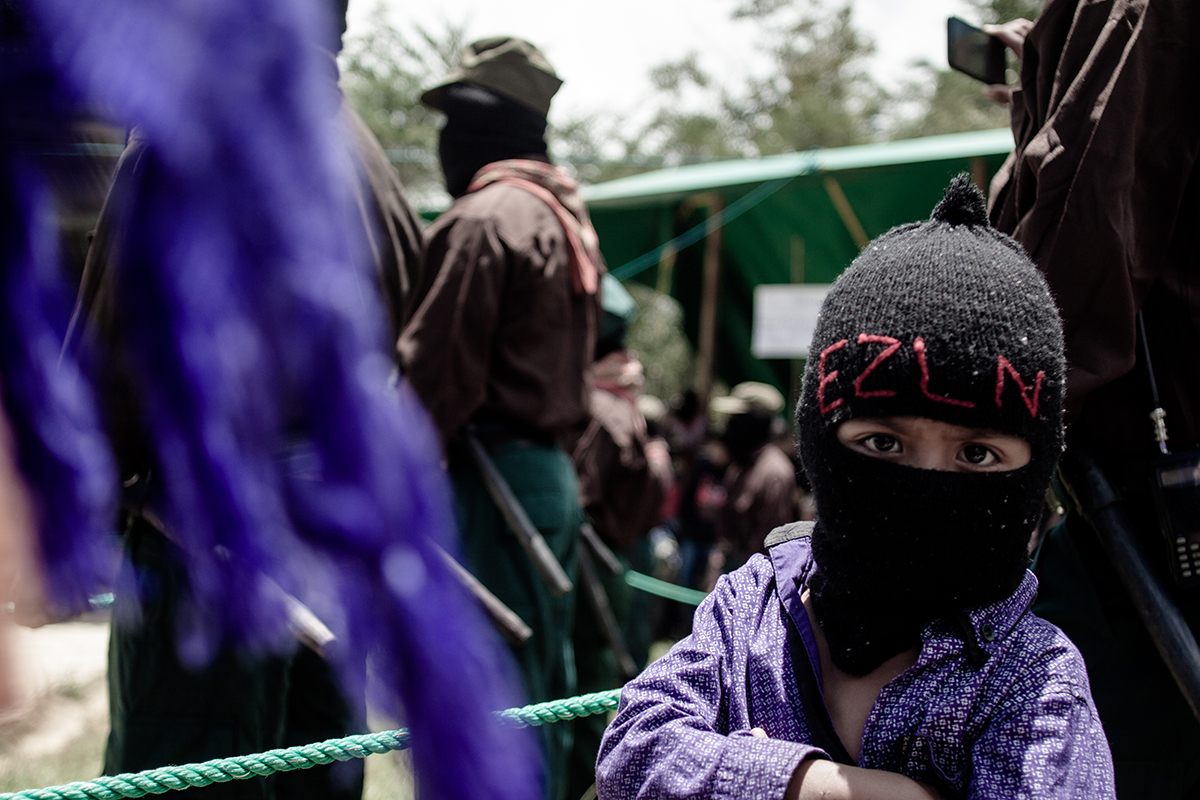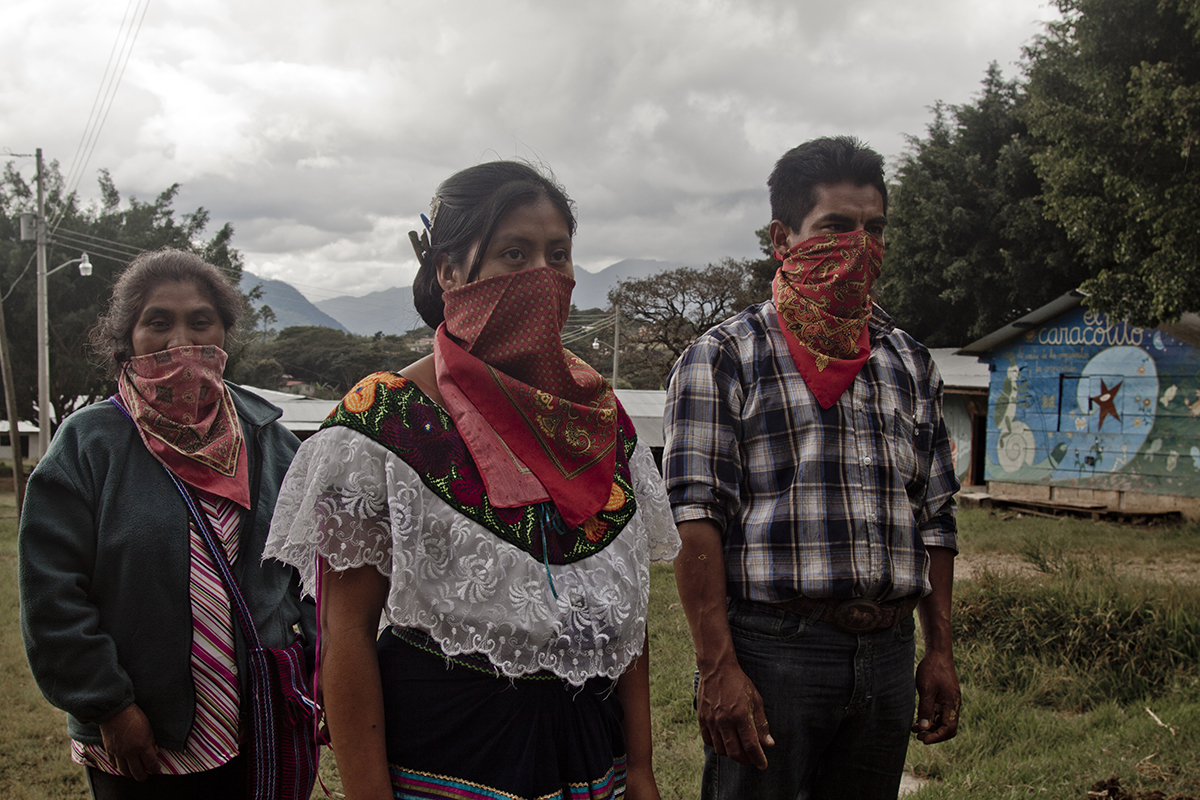La Montaña, il veliero zapatista ha raggiunto l’Europa, dalle Azzorre naviga verso la Spagna con a bordo sette rappresentanti delle comunità autonome del Chiapas. Altri duecento di loro arriveranno presto a Parigi. Per la prima volta dei Maya affrontano la traversata oceanica, proprio quella che ha realizzato Colombo e che ha dato il via all’invasione. Le popolazioni maya del Chiapas a inizio degli anni ’80 si trovavano ancora in una condizione che poteva essere considerata schiavitú. Lo stato era assente se non complice. Hanno quindi deciso di autodeterminarsi e nel 1994 hanno dichiarato guerra allo stato, riuscendo, dopo giorni di guerriglia, nell’occupazione di un vasto territorio del sud est del paese. La loro organizzazione è in costante miglioramento, nonostante le azioni di boicottaggio da parte dello stato e dei cartelli. Suddividono la regione in cinque aree, in cui si trovano i cinque “Caracol”, i centri amministrativi. Sono riusciti velocemente ad essere indipendenti nella produzione di cibo, nella salute e nella cultura.
La Montaña, the Zapatista sailing ship has reached Europe, from the Azores it sails to Spain with on board seven delegates from the autonomous communities of Chiapas. Another two hundred of them will arrive in Paris soon. For the first time the Maya faced the ocean crossing, the very one that Columbus made and that started the invasion. The Mayan peoples of Chiapas in the early 1980s were still in a condition that could be considered slavery. The state was absent or even complicit. They then decided to self-determine and in 1994 they declared war on the state, succeeding, after days of guerrilla warfare, in the occupation of a vast territory in the south-east of the country. Their organization is constantly improving, despite boycotts by the state and cartels. They divide the region into five areas, where the five “Caracol”, the administrative centers, are located. They quickly managed to be independent in food production, health and culture.



 Chiapas
Chiapas